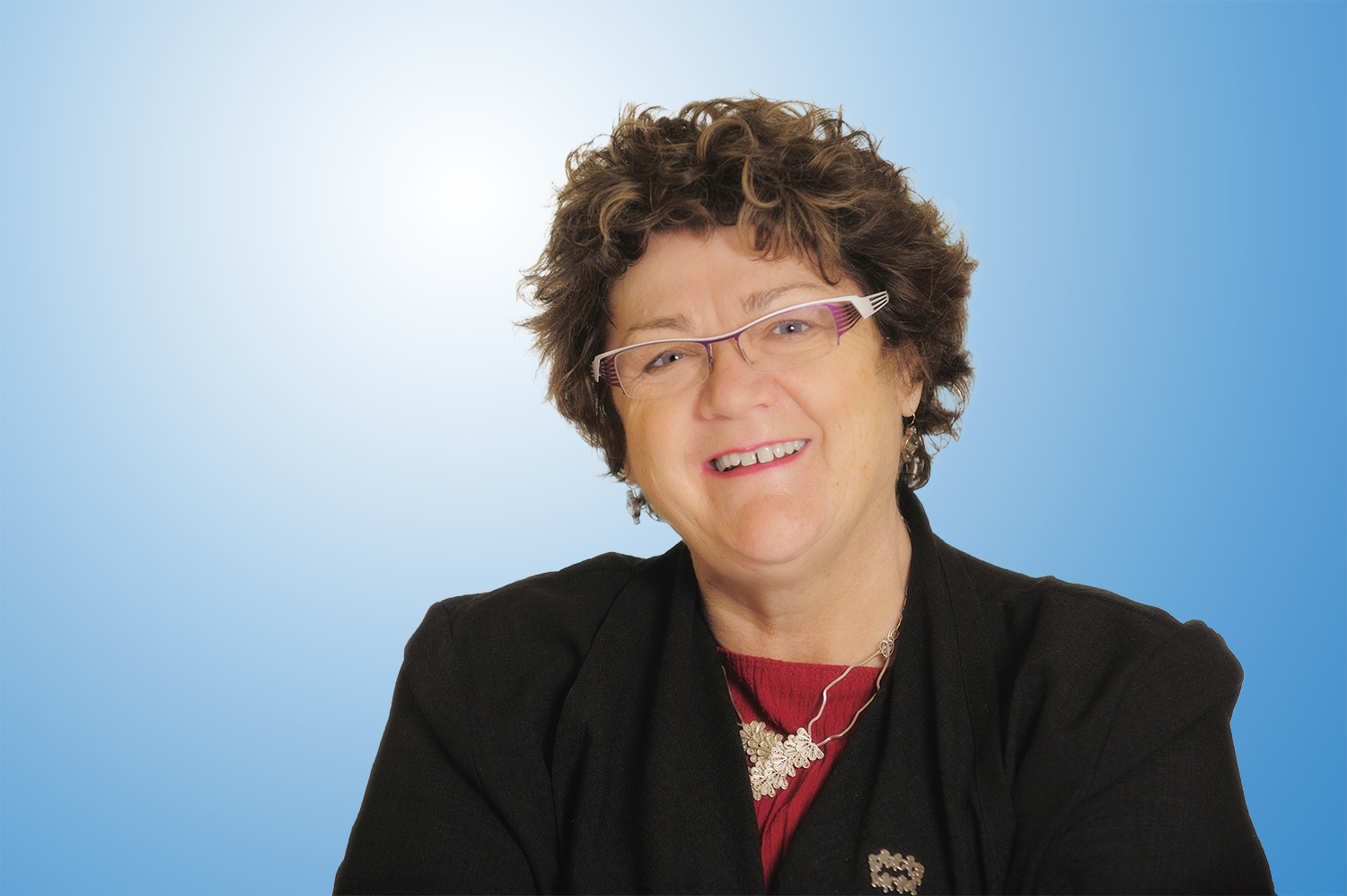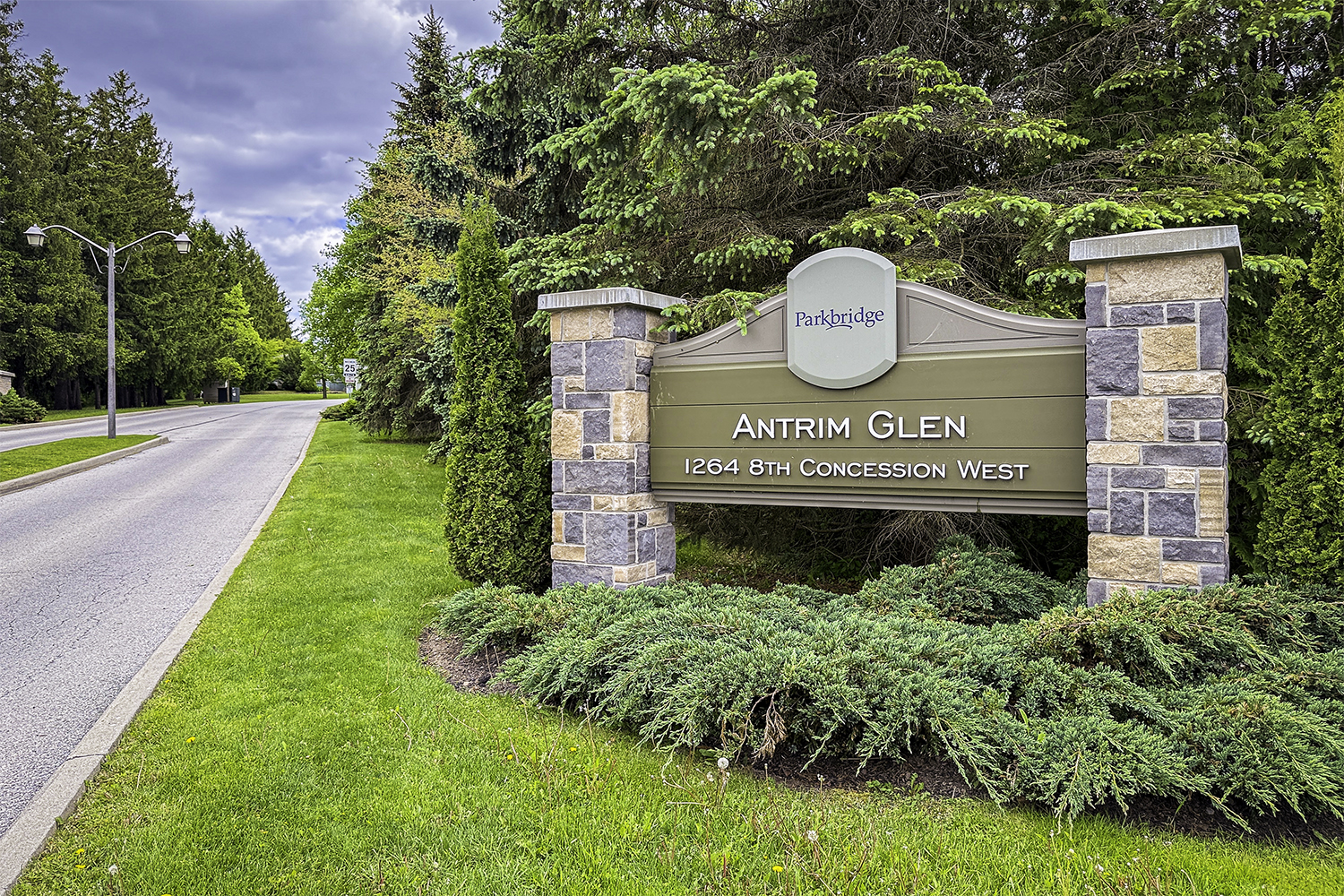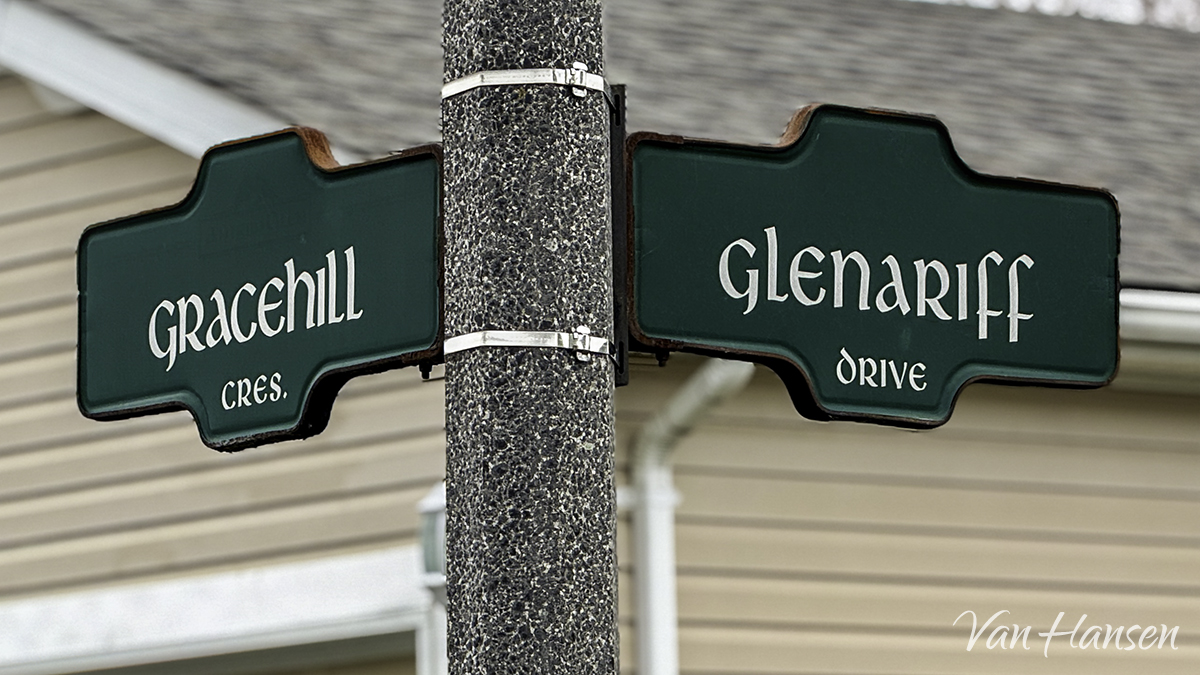by VAN HANSEN
Jean Clinton, MD is a Clinical Professor of Psychiatry & Behavioural Neurosciences at McMaster University, and a Specialist in Child Psychiatry.
Dr. Clinton is also a renowned keynote speaker and knowledge translator, aptly moving research findings from the lab or journal into practical use. This Spring she gave a talk for an attentive group of parents and educators in the auditorium of Westdale Secondary School in Hamilton...
Opening warmly, Dr. Clinton reflects on her personal connection to Westdale. “It’s great to be in these hallowed halls. Four of my children went here.”
Drawing from both personal and academic insight, she emphasizes that adolescence is a critical time of brain development, shaped by neuroplasticity—the brain’s ability to be molded by experience.

A key point is that the adolescent brain is “under construction.” Dr. Clinton explains that during this stage the brain prioritizes emotional and social development over executive functioning such as planning and impulse control.
The limbic system, which governs emotions and rewards matures earlier than the prefrontal cortex, responsible for reasoning and decision-making. This neurological imbalance partly explains risk-taking behaviours, impulsivity, and the strong pull toward peer relationships.
Dr. Clinton used an anecdote about her own child leaping into unknown waters, showing that even knowing the risks, adolescents prioritize thrill and peer approval.

Bell Times
Adolescents stay up later because their melatonin is changing, effectively delaying their signal to feel sleepy by several hours. At the same time they need 9 hours, making sleep deprivation a big issue.
“There is very good evidence that later start times for adolescents in school makes a big difference,” Dr. Clinton says. “Even starting at 8:30 compared to 8:00”.
From Anxious to Z
Throughout the talk, Dr. Clinton weaved in research, citing sources like Jonathan Haidt’s “The Anxious Generation” and studies on stress, social media, and brain development. They emphasize that adolescents’ heightened sensitivity to rewards (dopamine response) makes them more prone to seek novelty and excitement, which has evolutionary roots driving them away from the family nest to explore their world.
But how does modern technology disrupt the trajectory of this natural development? In particular, the rise of smartphones and social media, Dr. Clinton argues, is creating an anxious generation.

Children now grow up with a portal in their pocket that pulls them away from face-to-face interactions—an unnatural and potentially harmful shift for a species wired for social connection.
Data shows a decline in time spent with friends and an increase in loneliness, anxiety, depression, and self-harm since the early 2010s, particularly among adolescent girls.
Dr. Clinton shares that today’s overprotection in the physical world, along with underprotection in the virtual world, leaves children less prepared for real life. She highlights a cultural shift toward “safetyism” with shrinking zones of independent exploration across generations.
While free, unsupervised play has diminished, kids are being denied opportunities to develop resilience and problem-solving skills.
Dr. Clinton calls for a balance between protecting children and fostering independence. She advocates for delayed access to smartphones and social media, recommending no smartphones before high school and no social media before age 16.
She encourages “phone-free schools” and collective action among parents to set shared boundaries, reducing the social pressure kids feel when “everyone else has one.”
It Takes a Village
Beyond technology, Dr. Clinton stresses the importance of focusing on the whole child. Drawing from Indigenous teachings and the medicine wheel, she posits that education must nurture physical, emotional, social, and spiritual well-being—not just cognitive skills.
“Mohawk Elder Tom Porter told me that in their Mohawk tradition, children are the sacred ones. They are the heart of the nation and it is the sacred responsibility of the community to raise them up”, says Dr. Clinton.
Belonging, engagement, and meaningful relationships are vital for academic success and healthy brain development. Dr. Clinton warns against a narrow focus on curriculum content, comparing it to “stuffing the duck” rather than fostering genuine learning and inquiry.
Dr. Clinton underscored that “relationships are nutrients for the (developing) brain”. She promoted the mantra of “connect before you correct,” encouraging parents and educators to prioritize empathy and emotional connection before addressing behaviour. This approach activates brain pathways that support reflection and learning, rather than triggering defensive or reactive responses.

Stress and its neurological impact form another crucial theme. Dr. Clinton explained how chronic stress floods the brain with cortisol and adrenaline, which impairs memory, focus, and learning. And many behavioural issues attributed to disorders like ADHD may actually stem from toxic stress or environmental factors. Positive early experiences and supportive relationships can buffer against adversity, highlighting the protective power of connection.
Dr. Clinton closed with actionable strategies for parents, namely practicing gratitude daily, fostering joy and laughter, asking reflective questions that center a child’s needs and strengths, and modeling calmness. She cited neuroscience research showing that gratitude can biologically shift the brain toward a healthier mindset.
Ultimately, Dr. Clinton encourages a cultural shift in how we raise and educate adolescents. By respecting their developmental needs, fostering strong relationships, limiting harmful technological influences, and nurturing their whole being, we can support adolescents in building healthy brains—and fulfilling lives.
Dr. Clinton left the audience inspired to reflect, connect, and act with intention for the benefit of their children’s growth.
Dr. Jean Clinton’s talk was presented by the Westdale, Dundas Valley, and Ancaster School Councils

Dr. Jean Clinton’s latest book is “Love Builds Brains”.
Market | News | Events | Never miss a story—subscribe to our free monthly newsletter:
Say hello… move forward with more™








